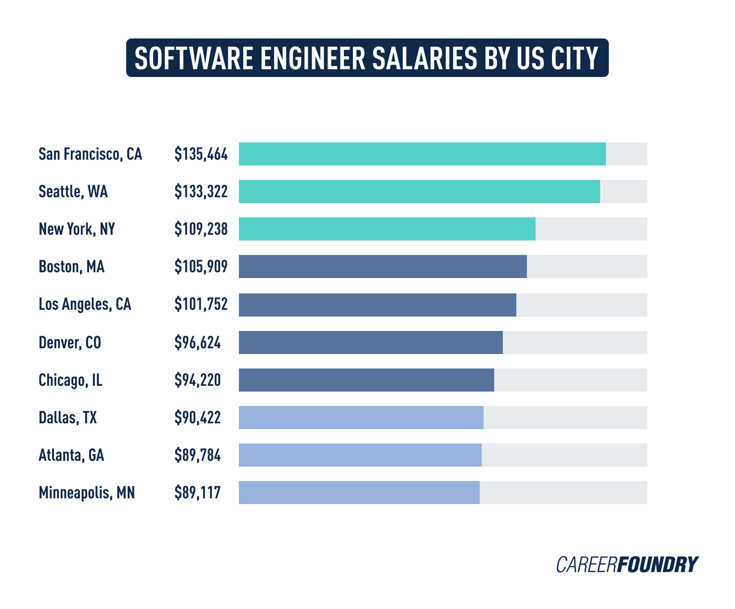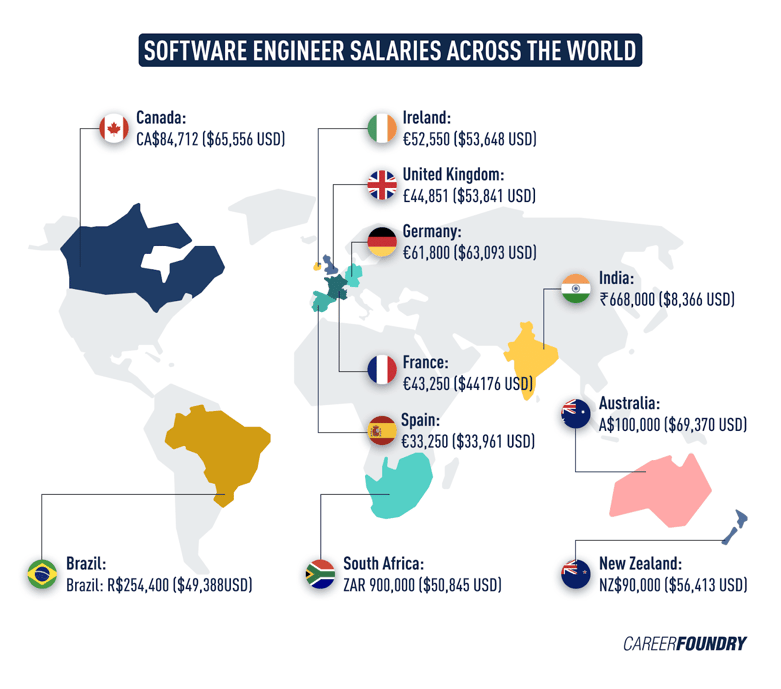Deciding Whether to Build or Buy: A "MVP" Guide to Minimizing Costs and Maximizing Efficiency

In the continuously evolving technological landscape that we live in, companies often face a critical decision when expanding their offerings: Should they build a new software product from scratch or purchase a pre-existing solution? This "build vs. buy" dilemma is particularly prevalent in industries where software solutions are integral to operations, and choosing the right approach can significantly impact a company’s resources, timeline, and overall success.
We will help you explore the factors involved in making this decision, focusing on the concept of developing a Minimum Viable Product (MVP) and the associated costs. We'll also consider the alternative of white labeling SaaS (Software as a Service) solutions as a way to circumvent the complexities and expenses of building a new product from the ground up.
What is a Minimum Viable Product?
Before we dive into the costs and considerations, it’s essential to understand what a Minimum Viable Product (MVP) is. An MVP is a version of your software that includes only the essential features needed to satisfy early adopters and start generating revenue. The goal of an MVP is not to be perfect or fully-featured but to deliver enough value to customers that they are willing to pay for it.
An MVP allows companies to test their product ideas with minimal investment, gather feedback, and make necessary adjustments before fully committing to a more comprehensive product development. However, even with its streamlined approach, developing an MVP is far from inexpensive.
Understanding the Costs of Building an MVP
Monetary Cost
The financial investment required to build an MVP can vary significantly depending on the complexity of the product, the industry, and the resources available. On average, estimates for developing an MVP range from $50,000 to $250,000. However, it’s crucial to recognize that these figures can quickly escalate.
One of the primary reasons for cost overruns is the unforeseen expenses that arise during the development process. For instance, 70% of software development costs occur after the initial implementation. Additionally, unexpected changes during development can lead to projects costing up to 189% more than initially estimated.
Moreover, after the MVP is built, there are ongoing costs associated with maintaining and updating the product. Companies must allocate resources to ensure the product remains functional, secure, and competitive. This often requires diverting the attention of the core team or hiring additional staff, both of which come with their own set of expenses.
Staffing Costs
One of the most significant and often underestimated costs in building an MVP is staffing. Developing a new product requires a team of skilled professionals, including software engineers, product managers, designers, and quality assurance testers. The cost of hiring these professionals can be substantial.
In 2021, 61% of U.S. recruiters identified hiring developers as one of their biggest challenges, citing the process as complex, lengthy, and expensive. The average salary for a software developer in the U.S. is $110,140, but this figure varies by location and can be even higher in major tech hubs.

 For companies considering outsourcing development talent, it’s important to account for the costs associated with recruiting these positions, as well as taxes, benefits, and other related expenses. Additionally, supporting the product's launch will likely require expanding other departments, such as customer success, sales, and marketing, further increasing the overall cost.
For companies considering outsourcing development talent, it’s important to account for the costs associated with recruiting these positions, as well as taxes, benefits, and other related expenses. Additionally, supporting the product's launch will likely require expanding other departments, such as customer success, sales, and marketing, further increasing the overall cost.
Time Costs
Building an MVP is not only expensive but also time-consuming. On average, it takes between 2 to 10 months to develop an MVP, though some reports suggest it can take up to 8 or 9 months to get a platform up and running.
This timeline includes not just the development itself but also the time needed to hire or outsource new talent, train the team, and build the necessary marketing and sales infrastructure. Companies must also account for potential delays and pivots during the development process, which can further extend the timeline.
Given these time constraints, it’s important to consider whether the company can afford to wait that long to bring a new product to market or if a faster alternative is needed.
White Labeling SaaS Solutions: A Cost-Effective Alternative
For many companies, the costs and time associated with building an MVP from scratch are prohibitive. In such cases, white labeling SaaS solutions can be an attractive alternative. White labeling involves purchasing a pre-existing software solution from a vendor, rebranding it, and presenting it as a proprietary product.
This approach offers several advantages:
- Speed to Market: White labeling allows companies to bring a new product to market quickly, often within weeks or months, compared to the longer timeline required for building an MVP.
- Cost Efficiency: By purchasing a ready-made solution, companies can avoid the significant upfront costs associated with development, staffing, and ongoing maintenance.
- Risk Reduction: White labeling reduces the risks inherent in product development, such as unforeseen technical challenges, cost overruns, and delays.
- Focus on Core Competencies: By opting for a white-labeled solution, companies can focus on their core competencies, such as marketing, sales, and customer service, rather than getting bogged down in the complexities of software development.
Making the Decision: Build or Buy?
Deciding whether to build or buy a new product is not a decision to be taken lightly. It requires a thorough analysis of the company’s goals, resources, and market conditions. Here are some key factors to consider:
-
Business Goals: What are the company’s long-term objectives? If the goal is to create a highly customized product that aligns perfectly with the company’s vision, building may be the better option. However, if the goal is to quickly enter a new market or add a new feature to an existing product, white labeling may be more appropriate.
-
Budget: Can the company afford the costs associated with building an MVP, including development, staffing, and ongoing maintenance? If the budget is limited, white labeling may offer a more cost-effective solution.
-
Time to Market: How quickly does the company need to bring the product to market? If speed is a critical factor, white labeling can significantly reduce the time required to launch a new product.
-
Technical Expertise: Does the company have the necessary technical expertise in-house, or will it need to hire or outsource talent? If the latter, the costs and time associated with recruiting and training should be factored into the decision.
-
Market Demand: Is there a clear demand for the product, or is the company testing the waters? If the latter, white labeling can provide a low-risk way to enter the market and gauge customer interest before committing to a full-scale build.
The Build vs. Buy Decision
The "build vs. buy" decision is a complex one that requires careful consideration of various factors, including cost, time, and the company’s long-term goals. While building an MVP offers the potential for a highly customized solution, it comes with significant risks and expenses. On the other hand, white labeling provides a faster, more cost-effective way to bring a new product to market, allowing companies to focus on their core competencies and reduce development risks.
Ultimately, the right choice will depend on the specific needs and circumstances of the company. By thoroughly analyzing the options and weighing the pros and cons, businesses can make an informed decision that maximizes their resources and positions them for success in an increasingly competitive market.
About HiringThing
HiringThing is a modern recruiting and employee onboarding platform as a service that creates seamless talent experiences. Our white label solutions and open API enable HR technology and service providers to offer hiring and onboarding to their clients. Approachable and adaptable, the HiringThing HR platform empowers anyone, anywhere to build their dream team.


